‘Cottage Garden Pie’ is the name I choose to give this dish, but my children call it ‘bottom-of-the-fridge Cottage Pie’ simply because I tend to use up all the lonely vegetables I have sitting there. It’s even not unheard of, if I particularly want to stretch the meat and feed more mouths, for me to add lentils …! What am I thinking of???
But, if Cottage Pie is usually thought of as a thrifty way of using up leftover beef from a Sunday roast, my approach is very much in the spirit of the dish, isn’t it? Cooked long and slow, it’s delicious. It’s exactly the kind of thing I want to eat when the weather starts to hold an autumn nip and the leaves start turning shades of russet.
And here …. is the contents of my fridge, together with some store-cupboard faithfuls and 500g of good quality minced beef.
If I had happened to have had any leftover Roast Beef I wouldn’t use it in this. I think it’s so much nicer made with fresh mince and I can think of plenty of things I’d rather do with cold Roast Beef. Aside from the virtuous glow I get for using everything up, the vegetables also make the whole thing taste fresher and more flavourful than the more traditional meat-heavy recipes.
I start by browning good quality beef in a dry pan. There’s rarely any need to add any additional oil, even with lean mince. I’ve gone for 20% fat. I break up the clumps with my fingers as I add it to the pan, but the back of a fork is also a good option. When the meat is beginning to take on some colour I tip the whole lot into a bowl and move on to the vegetables.
First up it’s the onions. There’s a knack to cutting up onions, but the most important thing is to have a really sharp knife. Halve and peel back the onion skin, keeping it attached so you have something to hold onto, and make some vertical cuts.
The reason chopping onions makes you cry, by the way – and they really do make me cry – is because when you cut through the root the onion releases an enzyme. No idea what an ‘enzyme’ is exactly, but I wish it didn’t. The enzymes are released when the cells of the onion are crushed and it reacts with water to produce a gas. Your eyes are watery ….
Since a sharp knife does far less crushing than a blunt one, go for a knife of razor sharpness.
I absolutely love my onion goggles. They were a Christmas present from Jem, who is offspring 4. Brilliant! I may look idiotic, but it’s a price I’m prepared to pay. (Clearly I have an ‘average’ sized head and I don’t wear glasses …) If that’s not you, you might like to try freezing your onions for ten minutes before you start cutting. Apparently it’s effective and would certainly be safer than trying to chop under water.
Having made the vertical cuts, you then make a couple of horizontal ones.
Keeping your fingers curved away, start cutting down and you’ll produce neat, finely diced onions.
Add a little beef dripping, if you have it – or rapeseed oil – to the residual meat fat in the frying pan and, over a low heat, gently fry the onions. You’re looking for them to soften, but not colour. Keep an eye on it while you get on with prepping the rest of the vegetables. Turn off the heat as soon as they are ready. (If you cook on an Aga – put the onions in your Simmering Oven and entirely forget about them until you’ve done all your chopping. I love my cooker.)
Seb, offspring 3, particularly dislikes leeks so I chop them finely. Not, so you understand, that he won’t notice they’re there but so there’s no prospect of his picking them out. That drives me potty. Of course, I could not include them …! Only I’m not that kind of a mum. A friend with a larger-than-average-family once told me she worked on the principle that over a week her children would all get something to eat they particularly liked …. so, if it didn’t happen to be that day, they could just eat what was in front of them politely. I never looked back.
Leeks are a real harbourer of mud and sand, so give them a good swish around in a bowl of water. Grit wouldn’t be a great addition.
Celery. (Seb doesn’t like celery either! You see the problem?) Big fat sticks like this I tend to peel.
Carrots, peeled and diced.
Mushrooms, sliced. I had three big flat field mushrooms, so they were peeled too. Little mushrooms don’t need to be. Brush off the dirt. Don’t wash them.
Celeriac, parsnips, turnip and swede are all tasty additions.
Garlic. A contentious addition it seems, but I like it. I use a microplane grater so I have the garlic evenly distributed through the onion. Turn the heat back on and give the onion and garlic a stir.
Start adding the vegetables. Carrots. Celery. Mushrooms.
Leeks. Add some salt and pepper. Give the whole thing a good stir.
Herb-wise I keep it simple. A single bay leaf and a couple of sprigs of thyme. I like to add a squirt of tomato puree for colour. Give it all a stir.
Then, after a few minutes, return the minced beef to the pan.
A couple of tablespoons of flour will absorb the juices and ultimately thicken the gravy. Give it all a good mix.
A couple of tablespoons of chopped parsley is next – and a stock cube. I’ve used a ‘knorr rich beef stock-pot’ here, but I could equally well have crumbled in a ‘Kallo Just Bouillon’ stock cube. They are my favourites. Stir.
Nearly there. It’s now time to add some liquid. This could quite easily be water, but I had some red wine left over from last night and used a mixture of the two. You want the mixture to be loose.
Now put the lid on and cook – very gently – for a couple of hours. Check every thirty minutes or so that it doesn’t need topping up with water. (I slip it into the Aga Simmering Oven and completely forget about it. Have I mentioned how much I love my cooker?)
At the end of the slow, gentle cook the mince should have thickened and be a lovely rich colour. If it’s not, take off the lid and turn up the heat. (Aga users – don’t add so much liquid. 150ml is all you’ll need.)
Add a splash of Worcestershire Sauce.
A sprinkle of cayenne pepper. Remove the thyme sprigs and bay leaf. Taste. Decide now whether it needs more seasoning. More cayenne? More Worcestershire Sauce? It shouldn’t be bland.
Then tip the lot into your serving/baking dish. Leave to cool for thirty minutes or so while you get on with mashed potato topping.
You need a ‘floury’ potato to get a ‘fluffy’ mash. Waxy potatoes get a bit ‘gluey’ so I’m not in favour of the 50/50 mix approach. I’m using Maris Pipers. Wash, peel and cut them into even-ish pieces so they’ll cook in roughly the same time. They go into a saucepan filled with cold salted water. That’s important. If you put potatoes into boiling water the outside is ready before the inside has cooked. Since the potato will absorb water you’ll end up with soggy potato and that’s revolting. No amount of butter will put that right.
Put the saucepan on the hob and bring the water up to a boil. Once it’s boiling reduce the heat and simmer, covered, for about 15 minutes. (On the Aga you let it boil for a few minutes and then completely drain the water out before putting the potatoes back in the saucepan. Lid back on and pop them in the Simmering Oven.) It’s ready for mashing when a knife meets no resistance when pushed into the potato.
A ‘dry’ potato makes the best mash so set the drained potatoes down on the side and cover them with a clean tea-towel. Let it absorb the steam for five minutes or so.
Meanwhile, warm the milk in a saucepan. (Or, if you’re me – in a bowl on the Warming Plate). You don’t want to bring the temperature of the potatoes down by adding cold milk. For my 1kg of potatoes, I used 50g of unsalted butter and 150ml of full-fat milk.
A potato ricer is my weapon of choice. Season. This can take quite a bit of pepper and I don’t worry in the slightest about the dark flecks. Get out your wooden spoon and beat until creamy smooth. Taste. (Have a second spoonful if you like. Cooks’ perks?)
The now fluffy mash goes on top of the beef. Spread it out.
I like to make fork marks over the top in a grid pattern, partly because that’s what my mum did and partly because when it emerges from the oven the crispy bits are delicious. Definitely dot the top all over with little knobs of butter. This is not the moment to hold back.
It’s ready in about 20 – 25 minutes. Gas Mark 3, 325ºF. Aga roasting oven.
I like to serve it with a green vegetable. Broccoli is good. Here I’ve paired it with steamed cabbage and roasted home-grown purple carrots.
My first attempt at carrots. I fancied some purple ones for salads. Endless fun!
Cottage Garden Pie – Serves 6
- 3 onions, chopped
- Beef dripping – or rapeseed oil (olive oil is also fine, but if you use that don’t moan about my use of tomato and garlic!)
- 2 garlic cloves
- Mixed vegetables – celeriac, parsnip, turnip, swede (rutabaga), carrots, leeks, celery and mushrooms. I used 3 large flat mushrooms, 3 carrots, 2 leeks and 2 sticks of celery.
- 500g/1lb good quality minced beef/ground beef. (You get what you pay for.)
- A splurge of tomato puree
- 2 tablespoons of flour
- 300ml of liquid – water or red wine (Aga users – 150ml)
- 1 bay leaf
- 2 sprigs of fresh thyme
- 2 tablespoons of freshly chopped parsley
- Salt (I used Malden Sea Salt) and freshly ground black pepper
- 1 tablespoon of Worcestershire Sauce
- ½ teaspoon of cayenne pepper
For the Mashed Potato Topping:
- 1 kg/2¼lb of floury potatoes
- 50g/½ stick of unsalted butter
- 150ml full-fat/whole milk
- Small knobs of butter
Brown the minced beef/ground beef in a large casserole dish. When it’s starting to take on some colour, tip into a bowl and put on one side.
In the same, unwashed pan, soften the chopped onions. You want soft, but not coloured. Then add the garlic and your choice of vegetables. After about 5 minutes, return the beef to the casserole dish. Add the tomato puree and the flour. Stir until all the juices have been absorbed by the flour.
Add your liquid. You want a loose texture (unless you’re cooking on an Aga when you’ll need about 150ml). Add the seasoning and the herbs. Cover. Cook very gently for 2 hours, by which time it will be dark and unctuous. Add the Worcestershire Sauce and the cayenne pepper. Taste. If all is good, transfer to your baking/serving dish and leave on one side.
Wash and peel the floury potatoes. Place large even pieces in cold salted water and bring up to boiling point. Lower the temperature. Cover and simmer for about 15 minutes. Drain. Place a clean tea towel on top and allow the steam to be absorbed. Meanwhile heat the milk and dice the butter.
Put the milk and butter into a large bowl and, using a potato ricer, squeeze in the potato. Season well. Beat with a wooden spoon until smooth and creamy.
Place the mashed potato on top of the beef mixture and spread to cover. Fork the top and dot with butter.
Place in an oven – Gas Mark 3/160ºC/140ºC Fan/325ºF/Aga Roasting oven – fourth runners – for about 15 minutes until golden and bubbling.
Serve with a green vegetable. Eat.


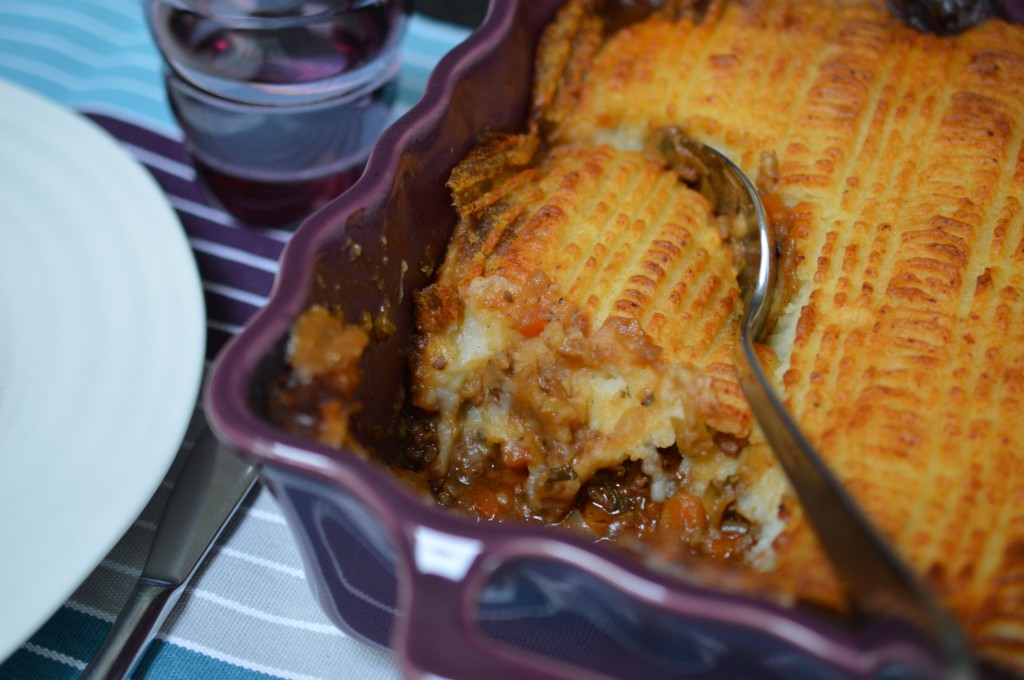
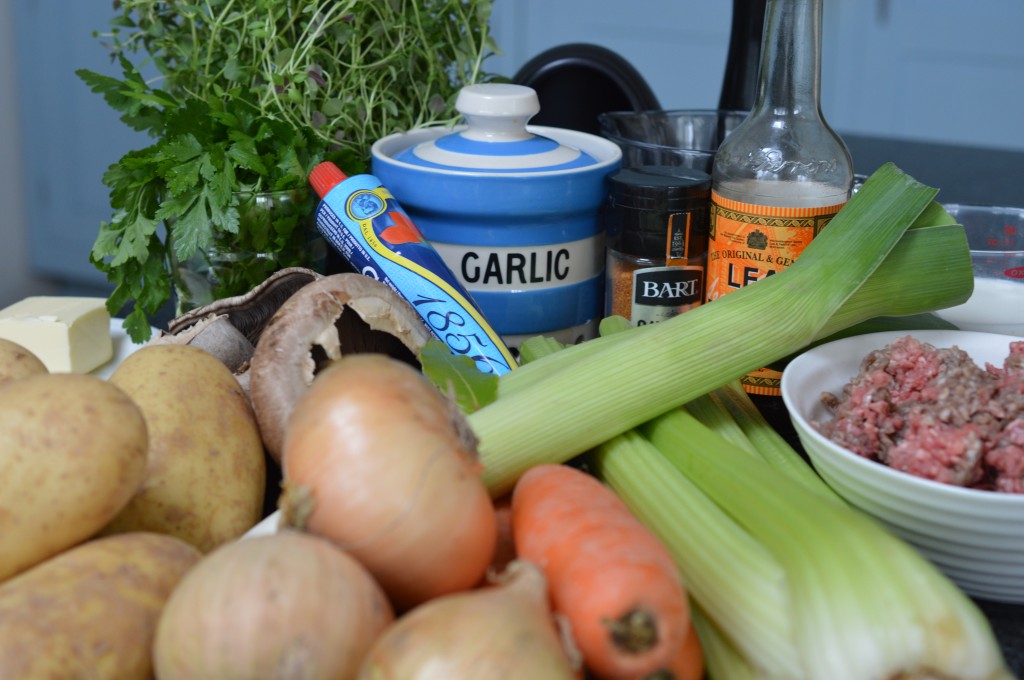
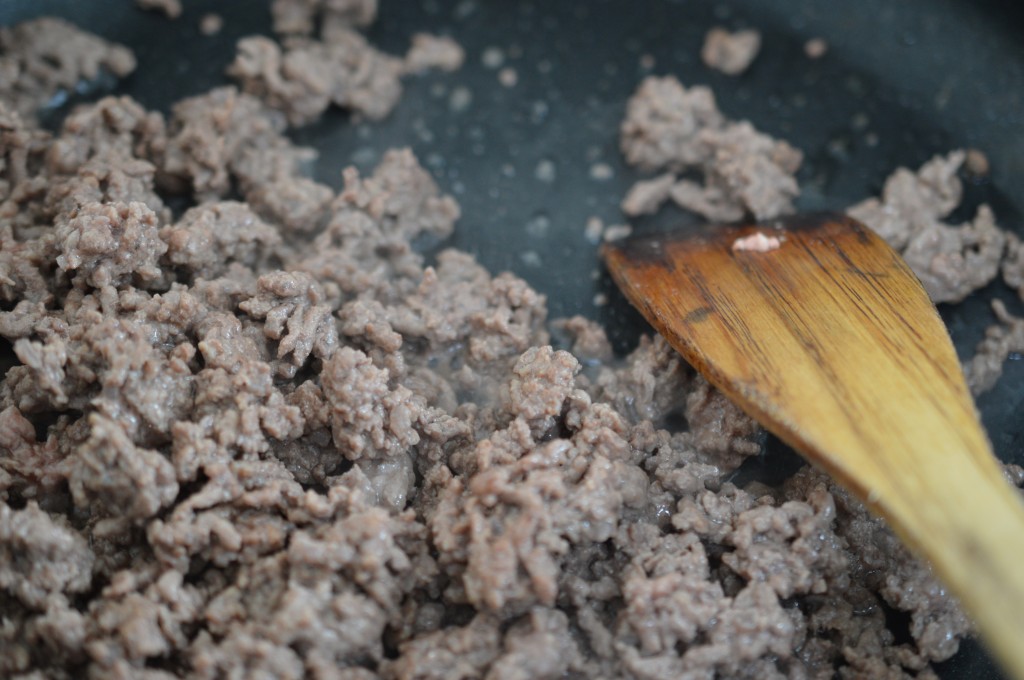
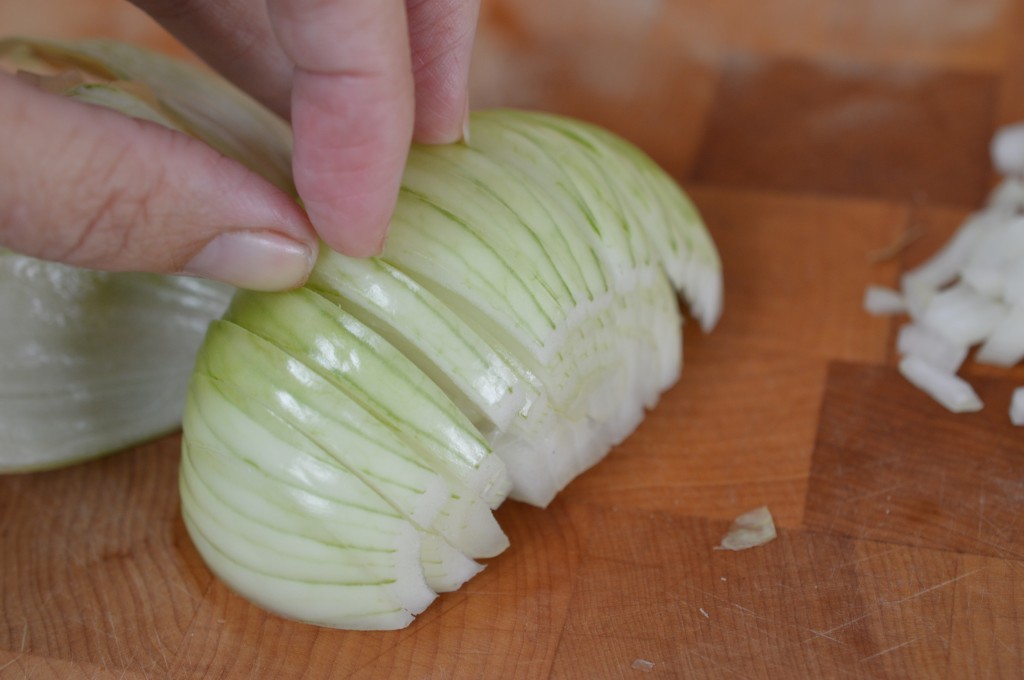
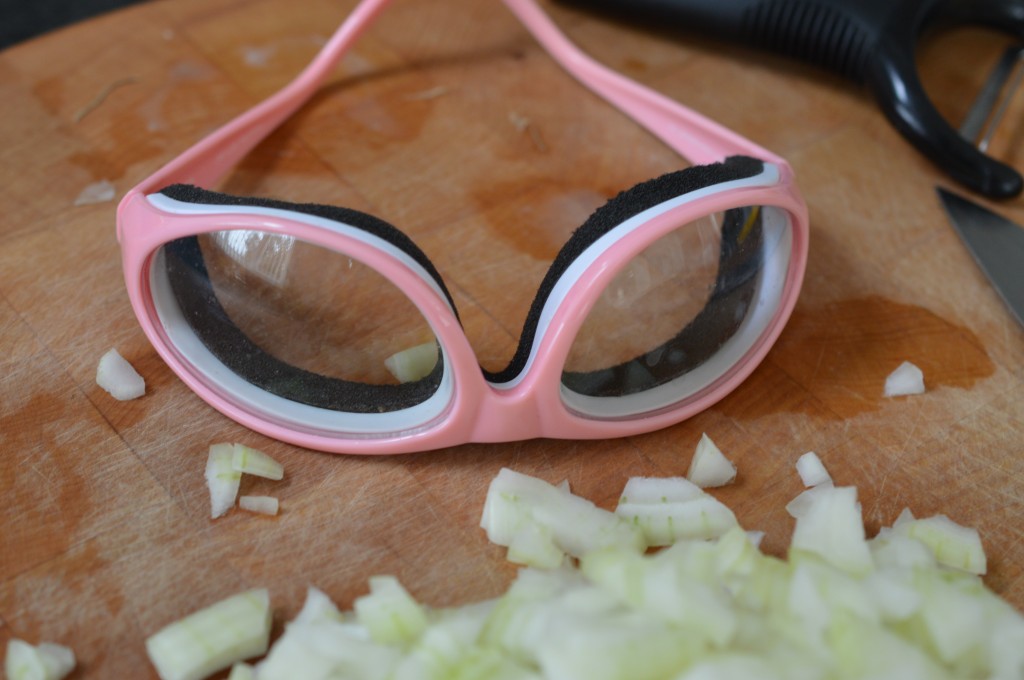
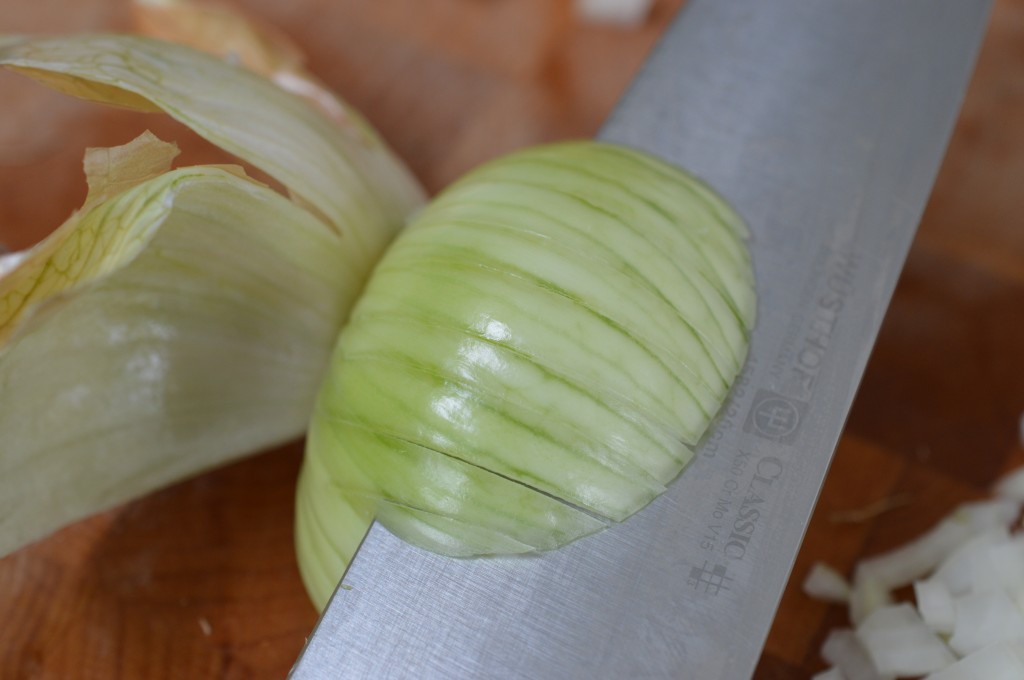
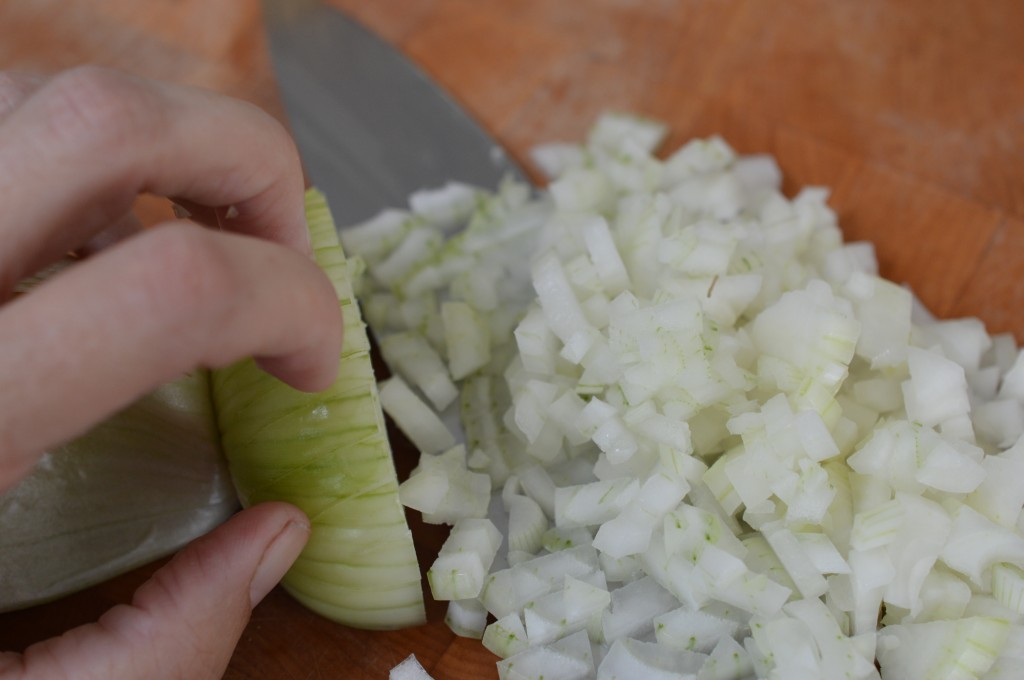
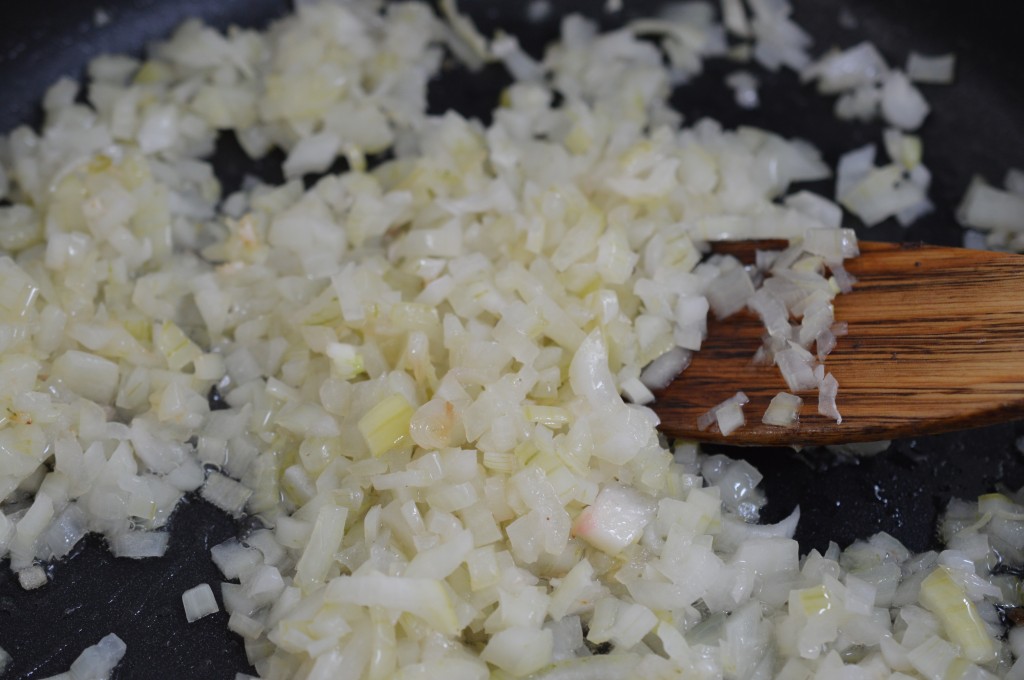
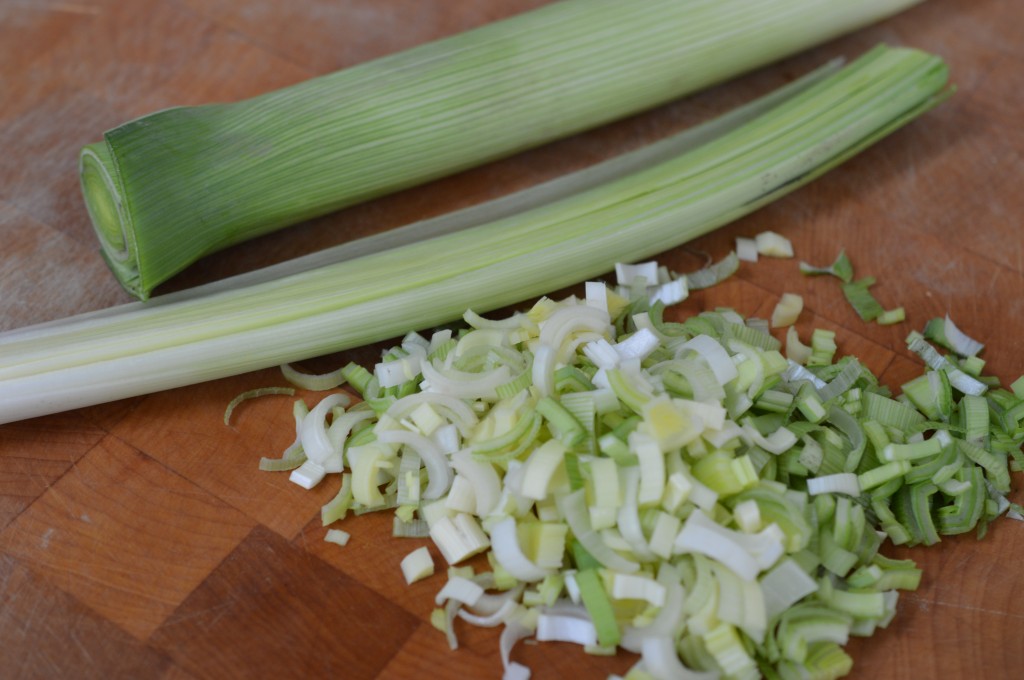
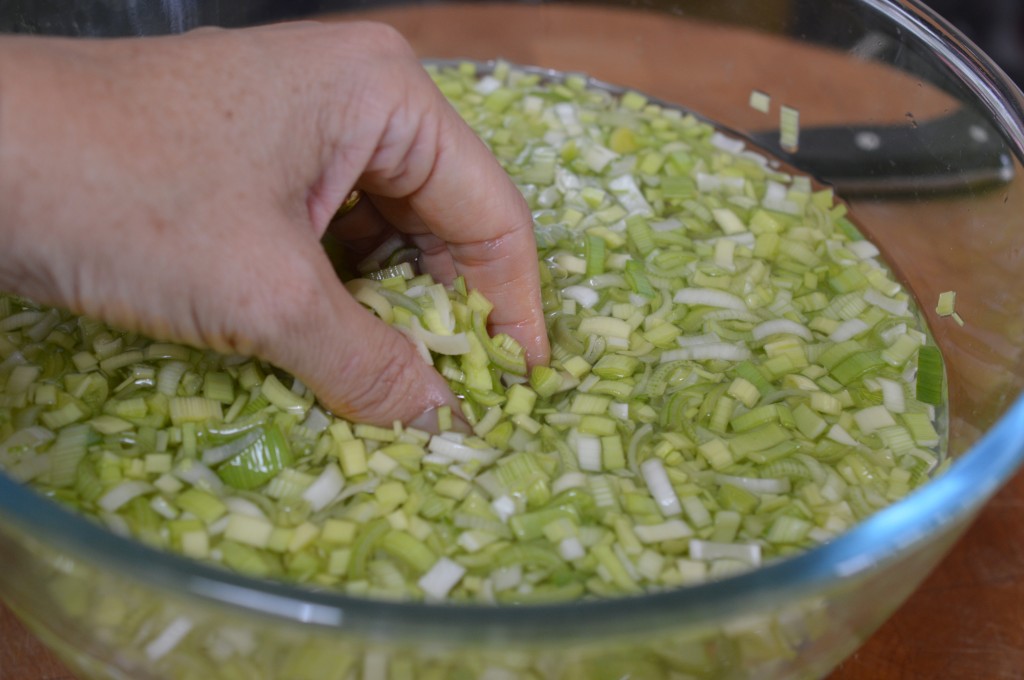
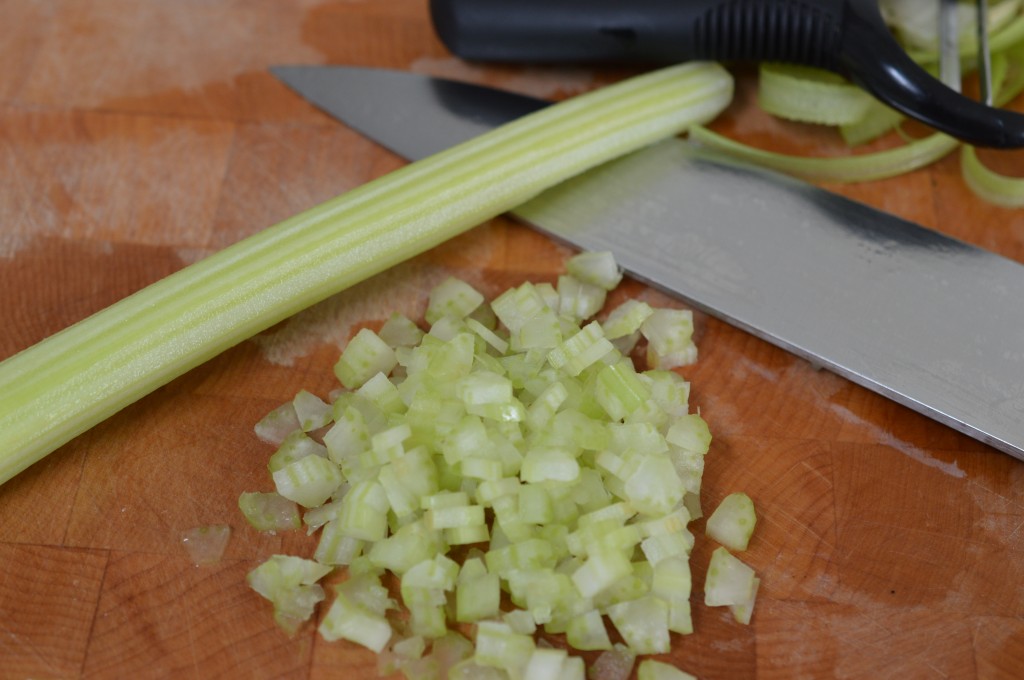
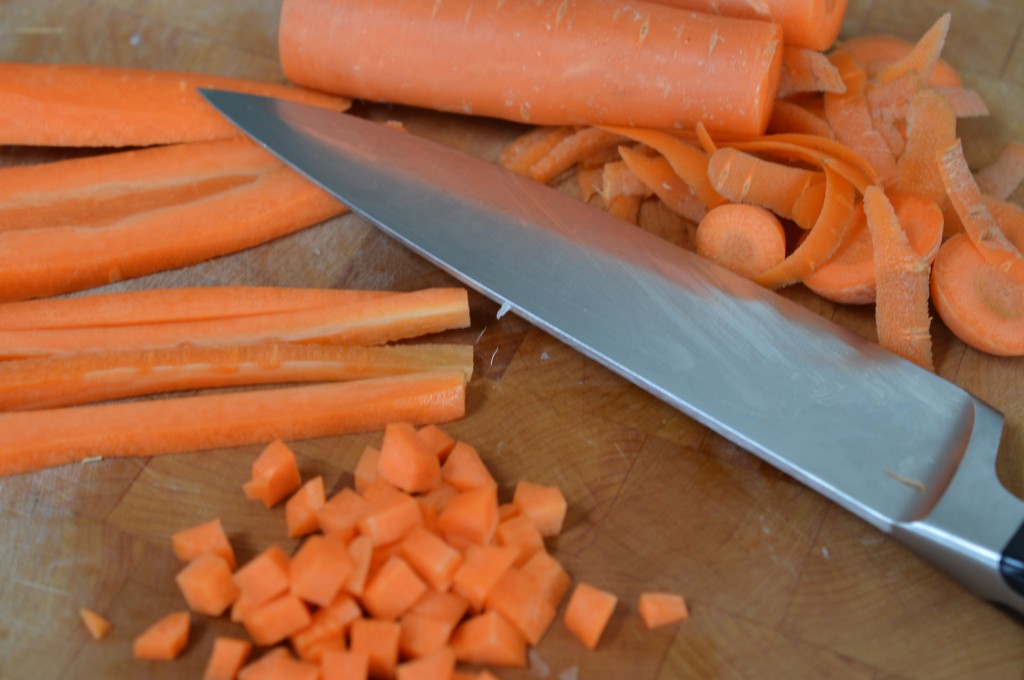
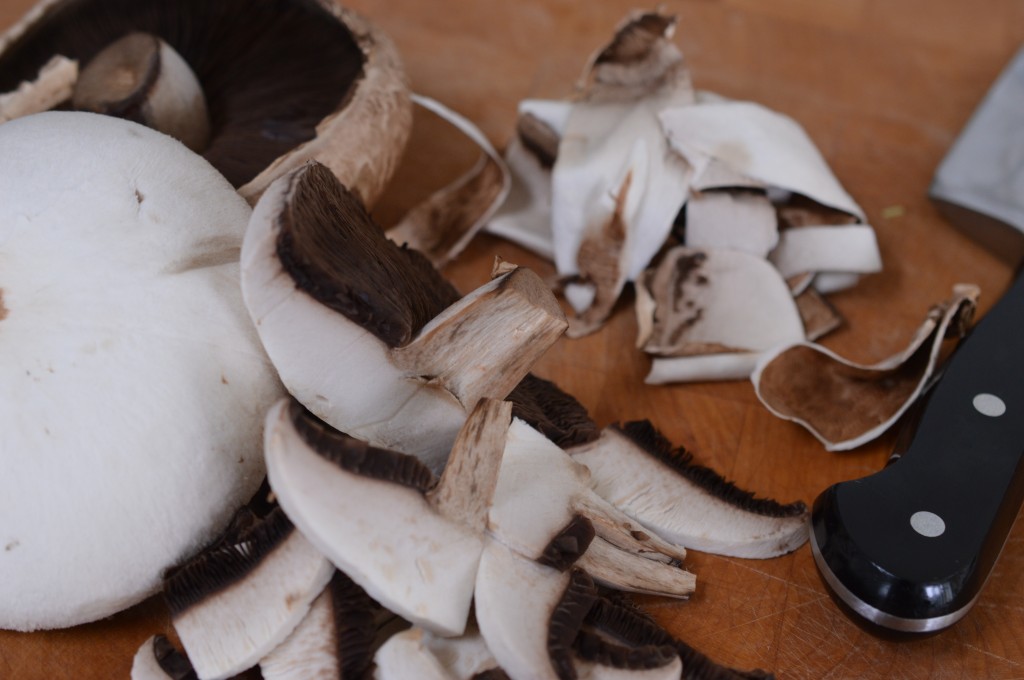
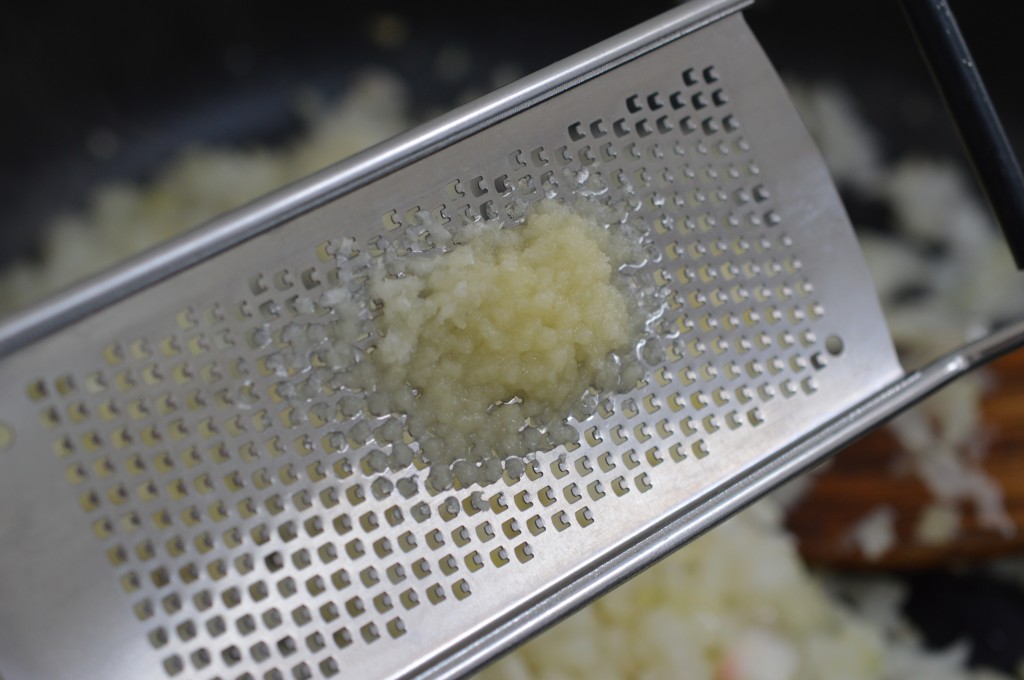
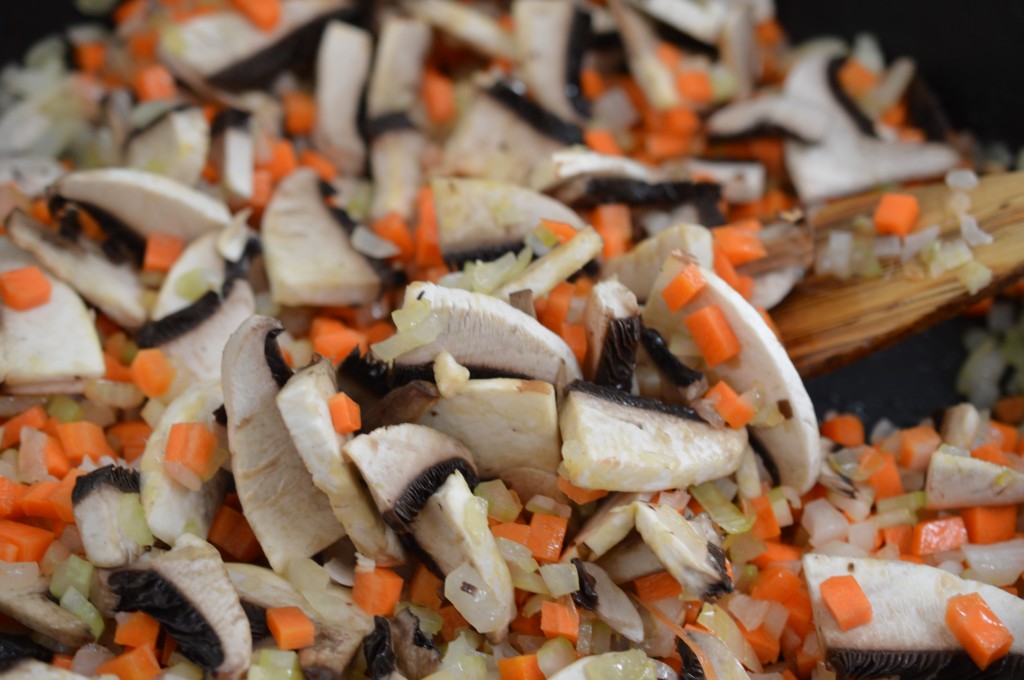
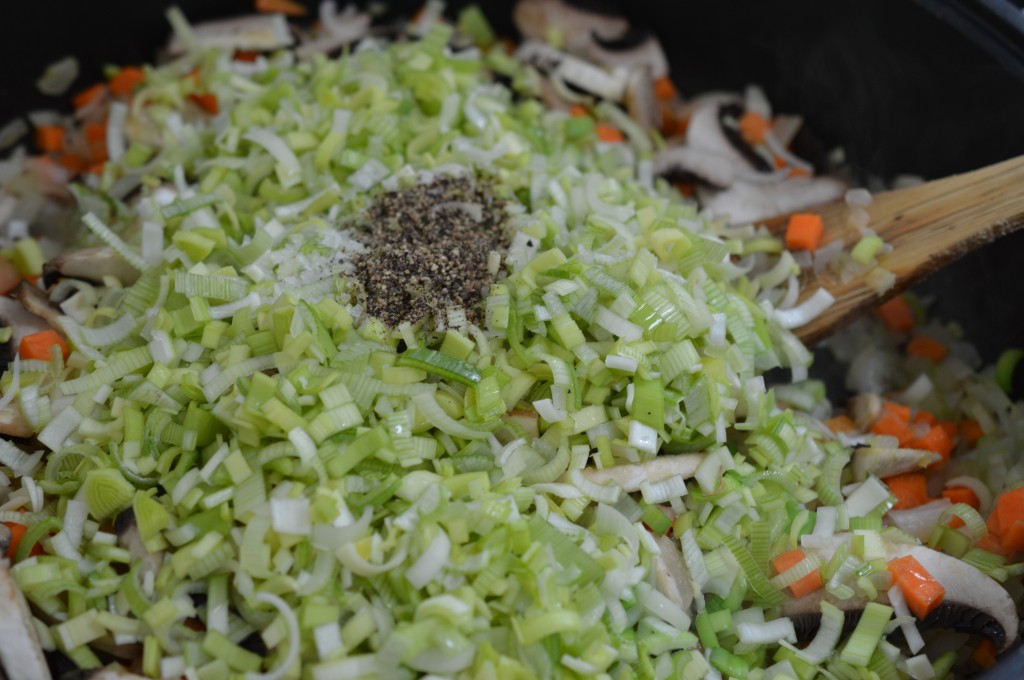
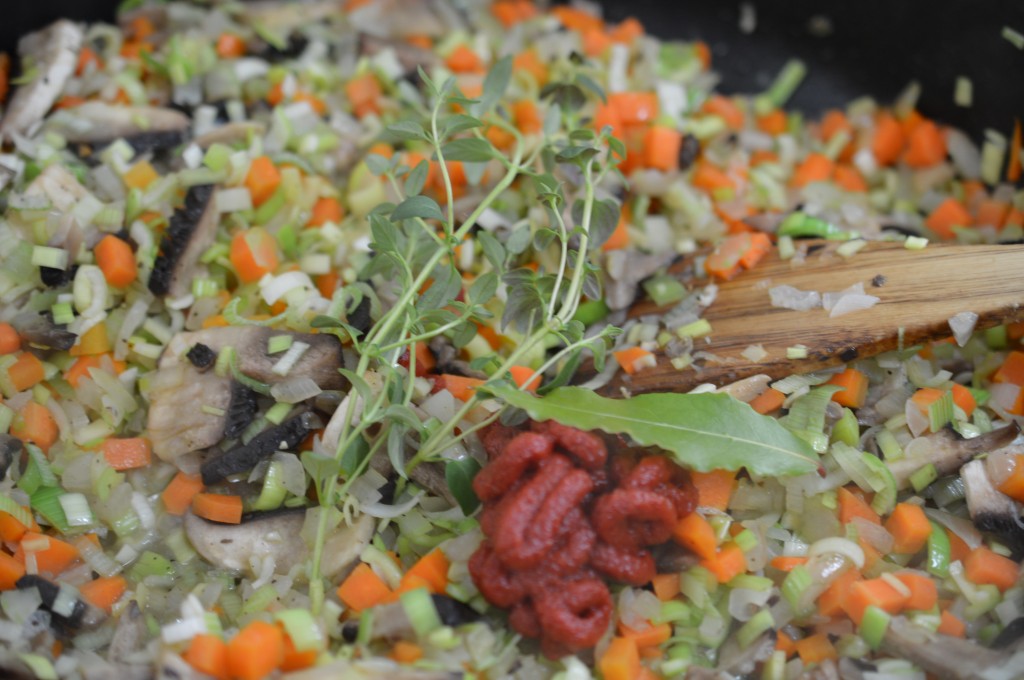
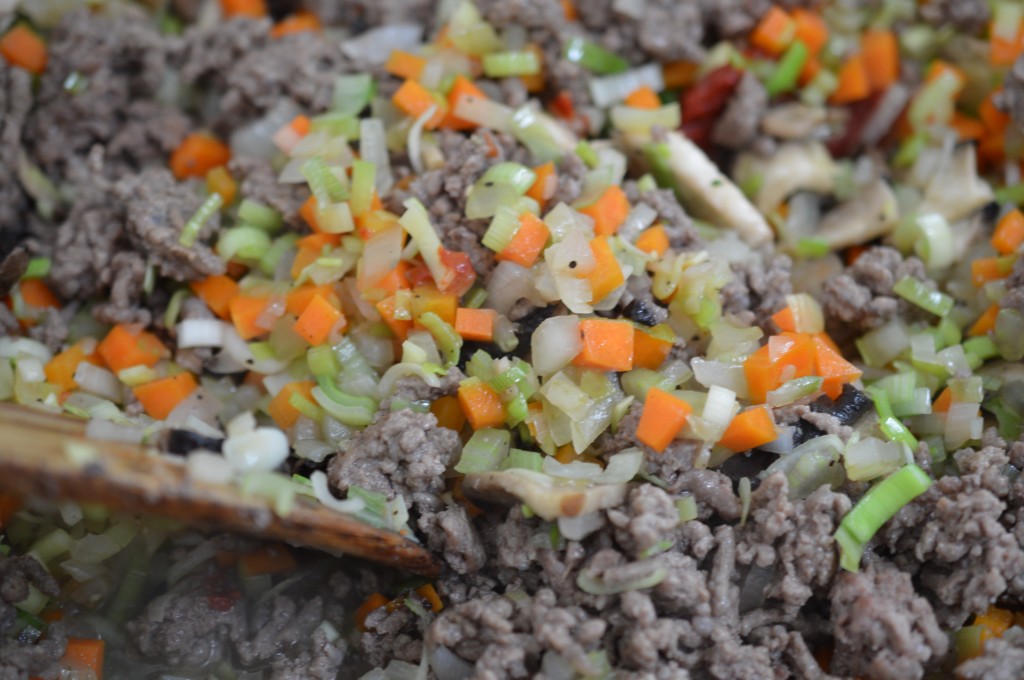
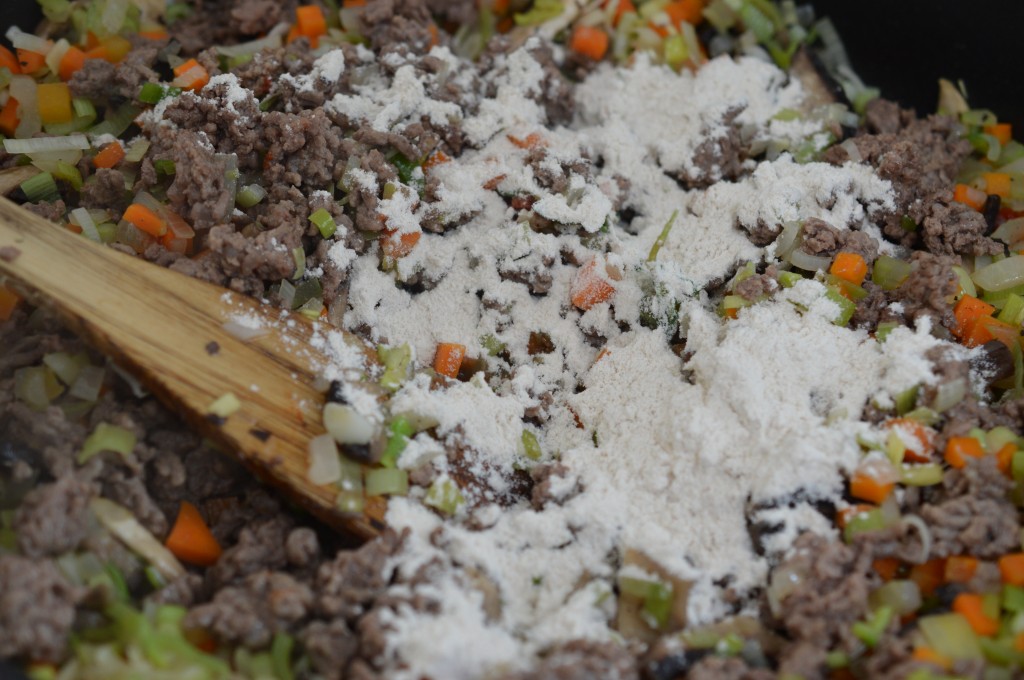
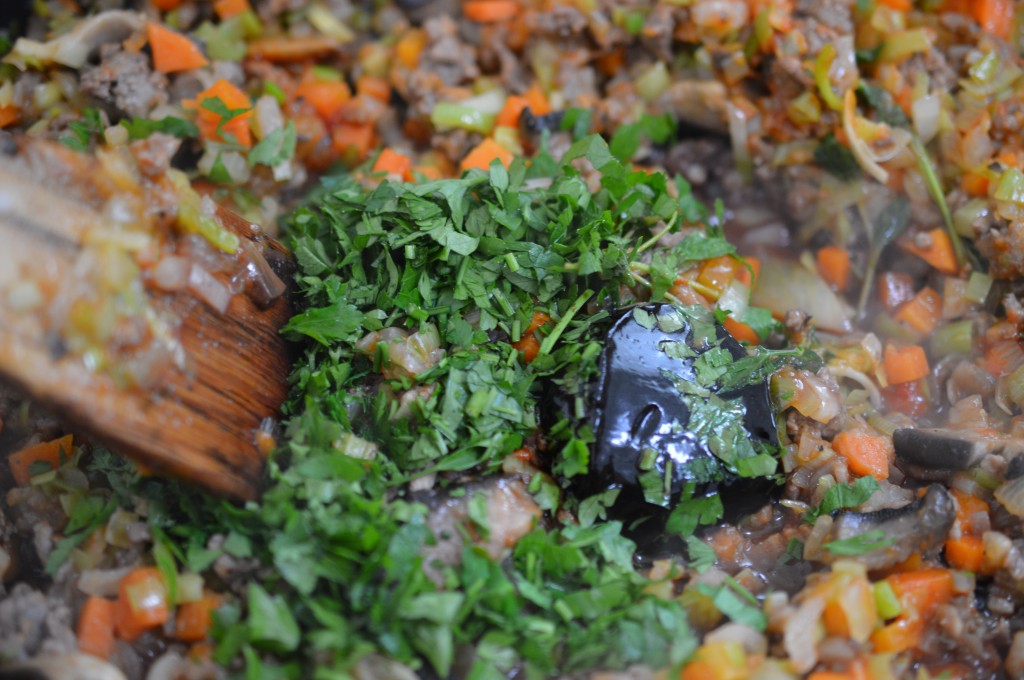
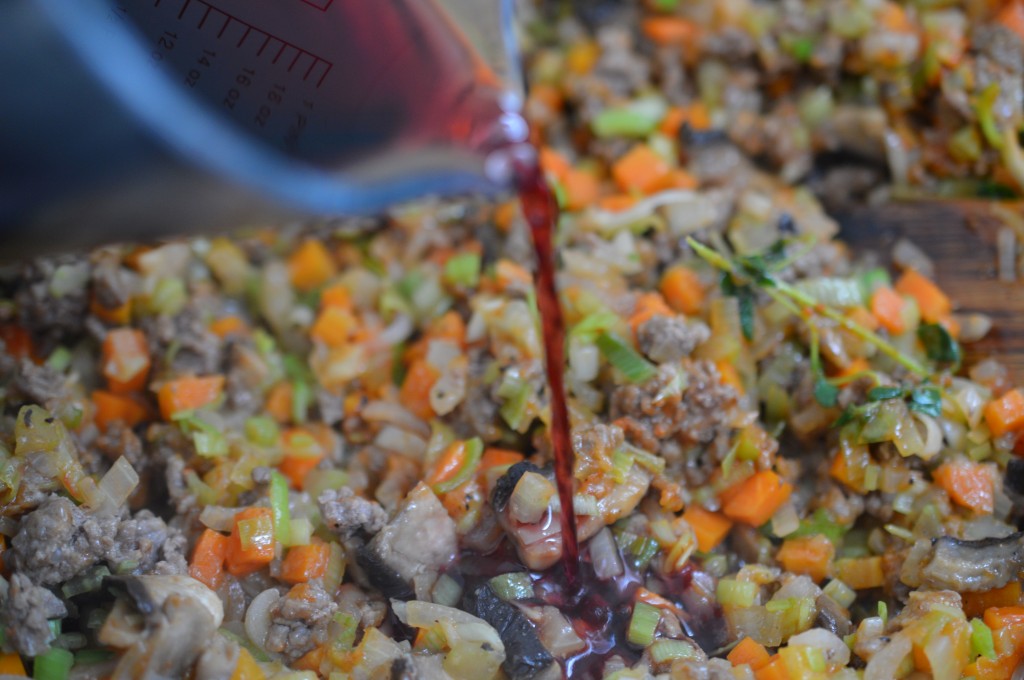
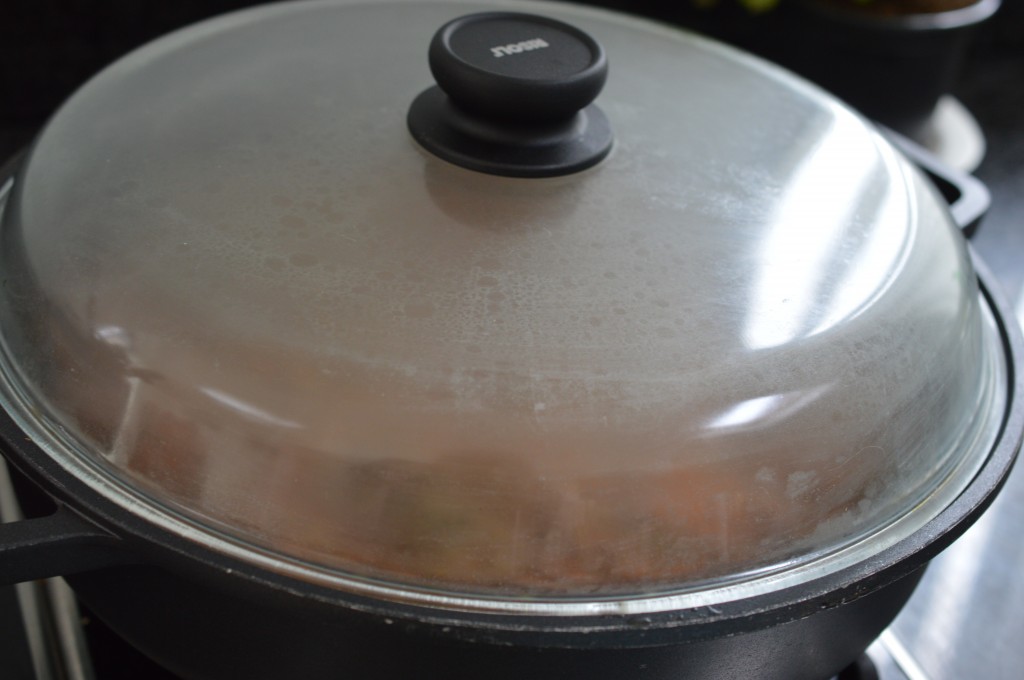
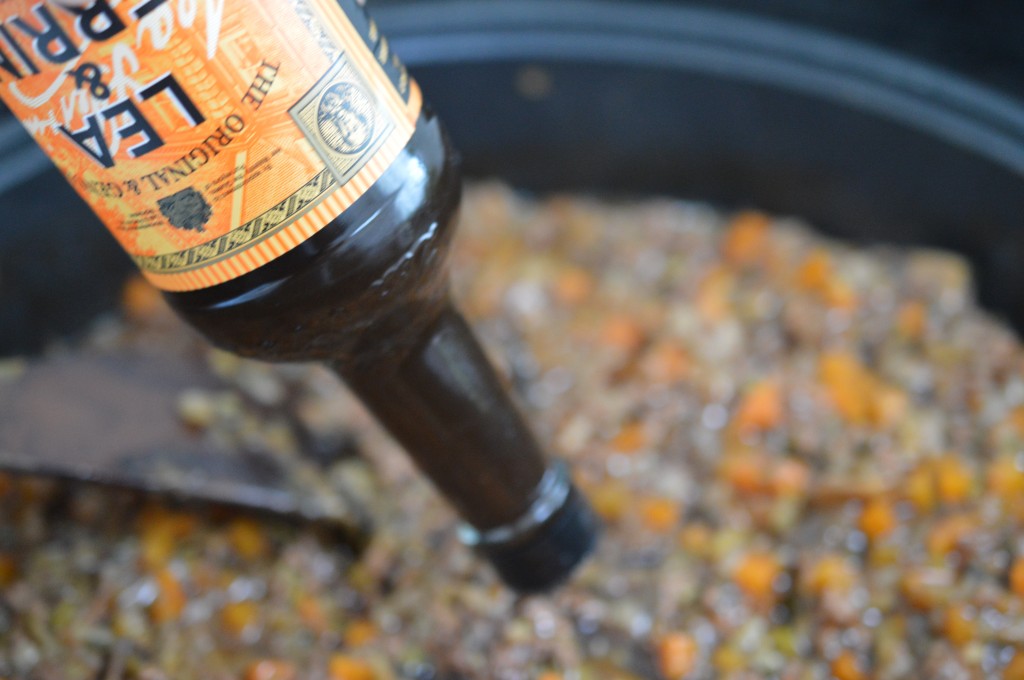
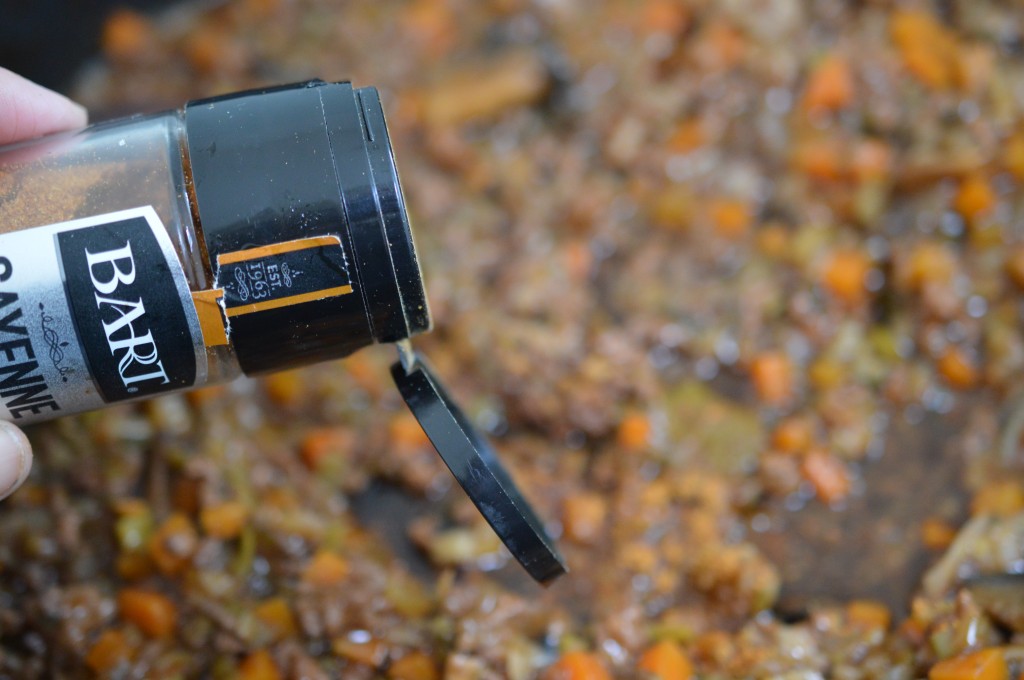
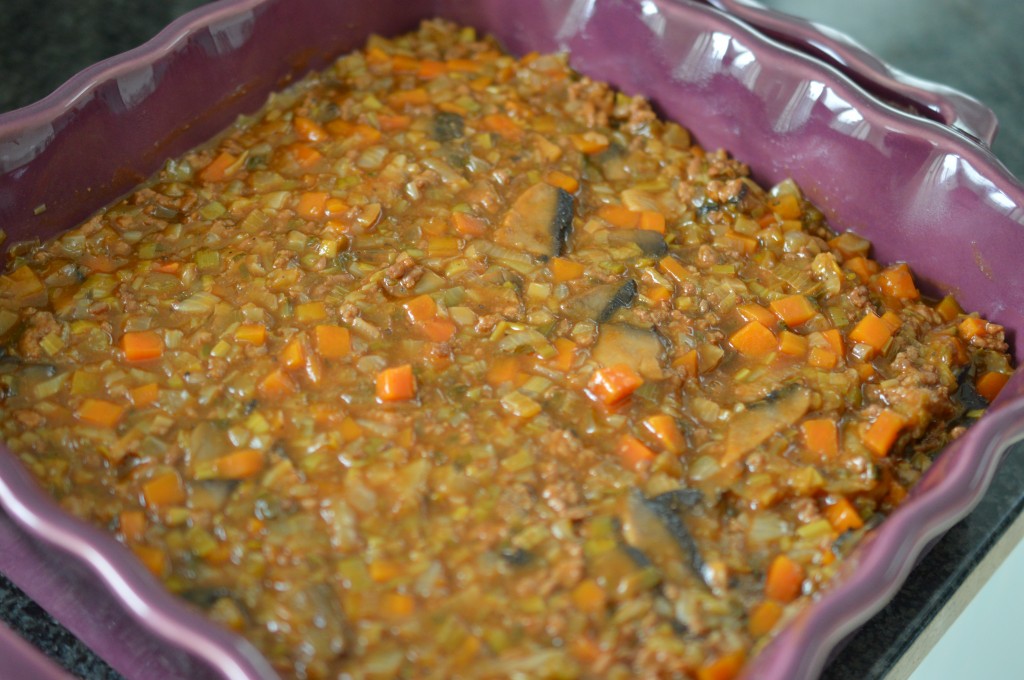
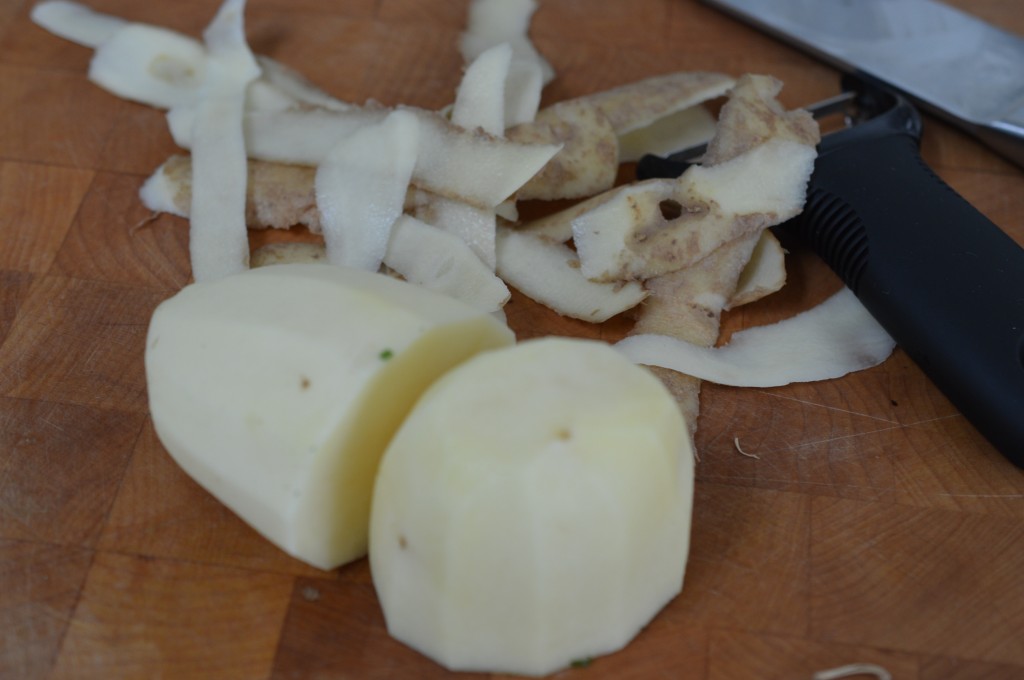
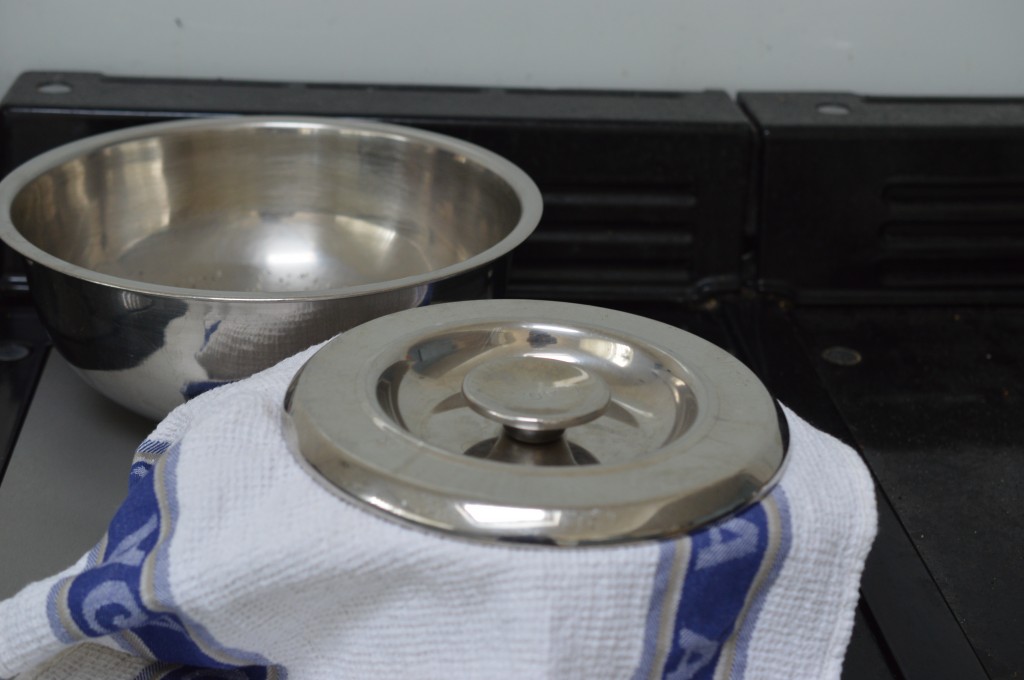
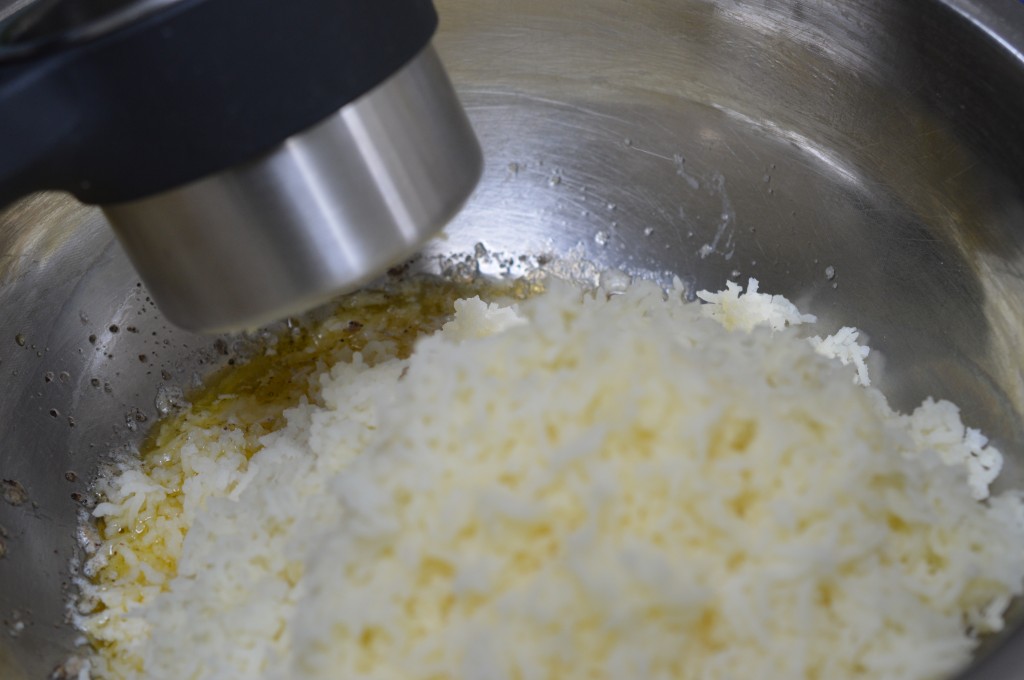
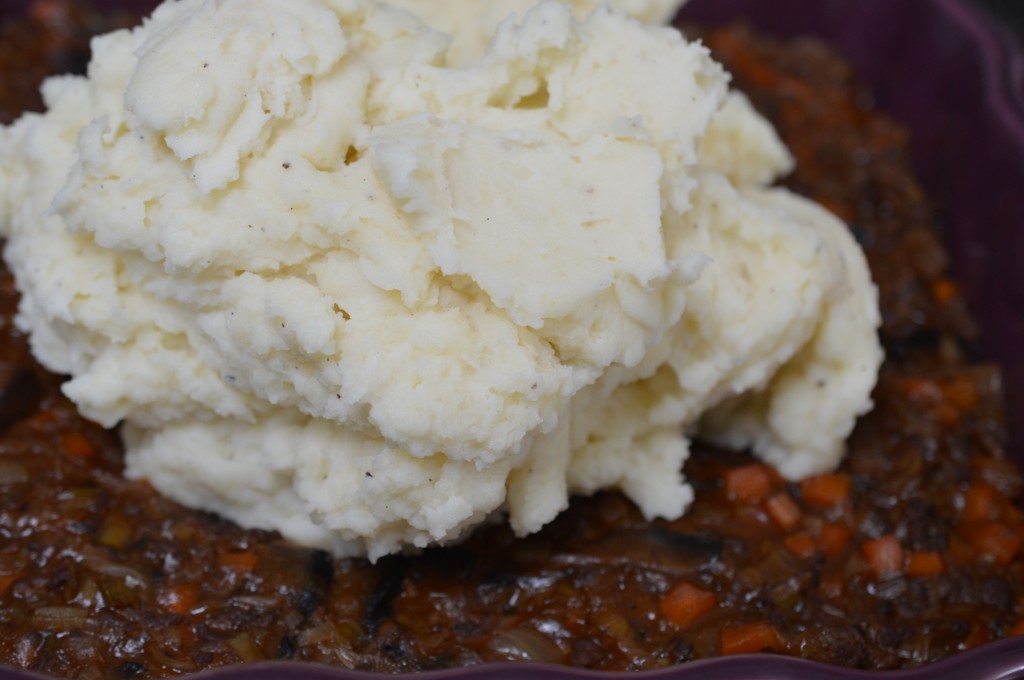
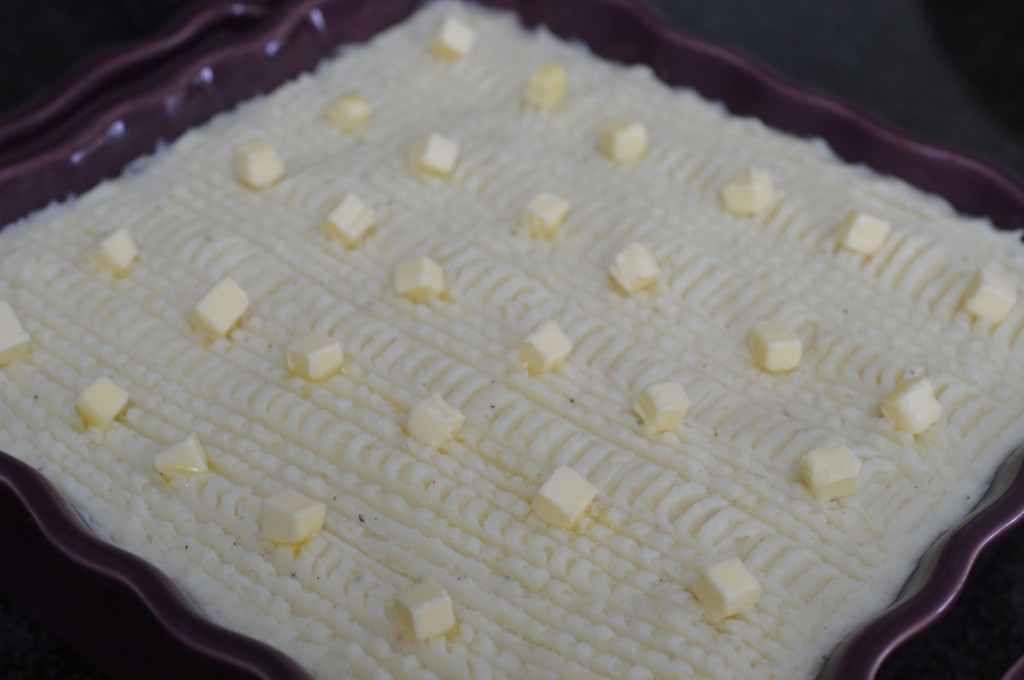
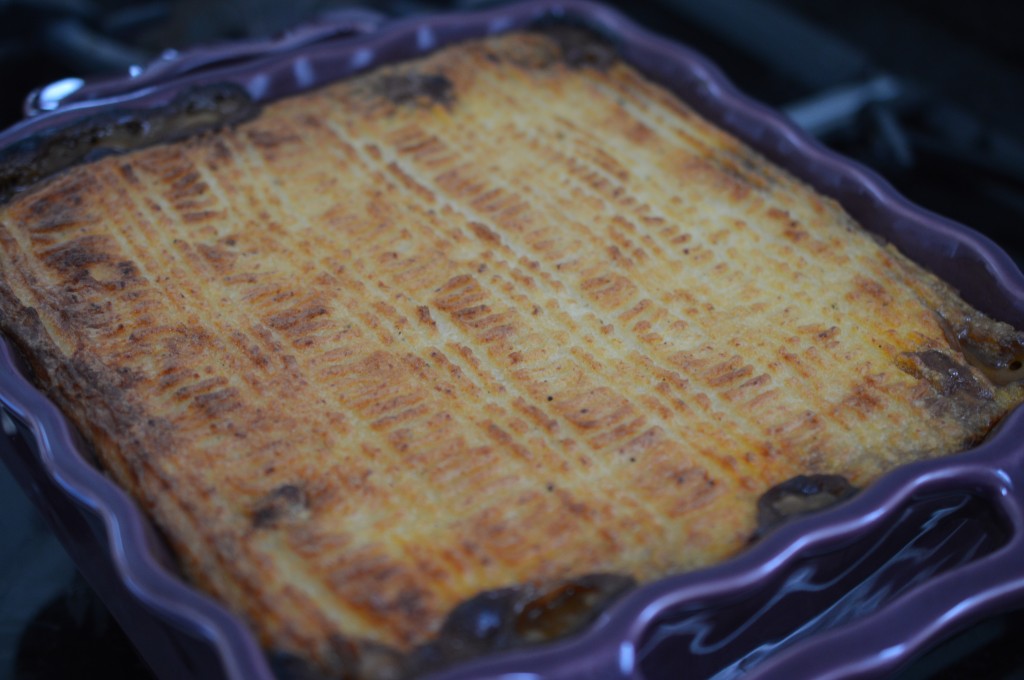
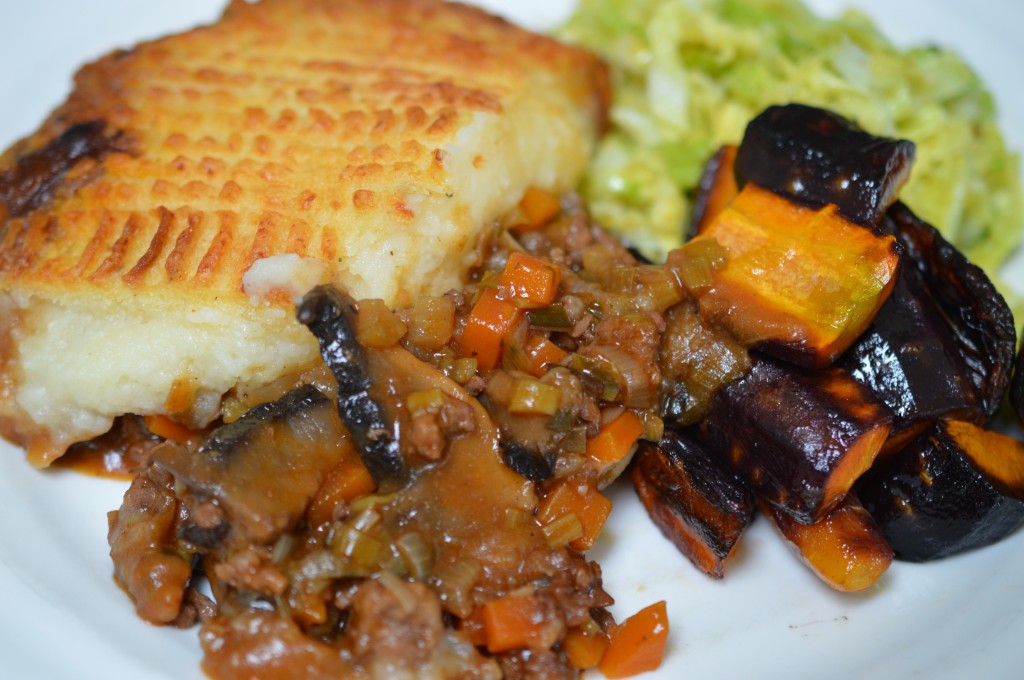
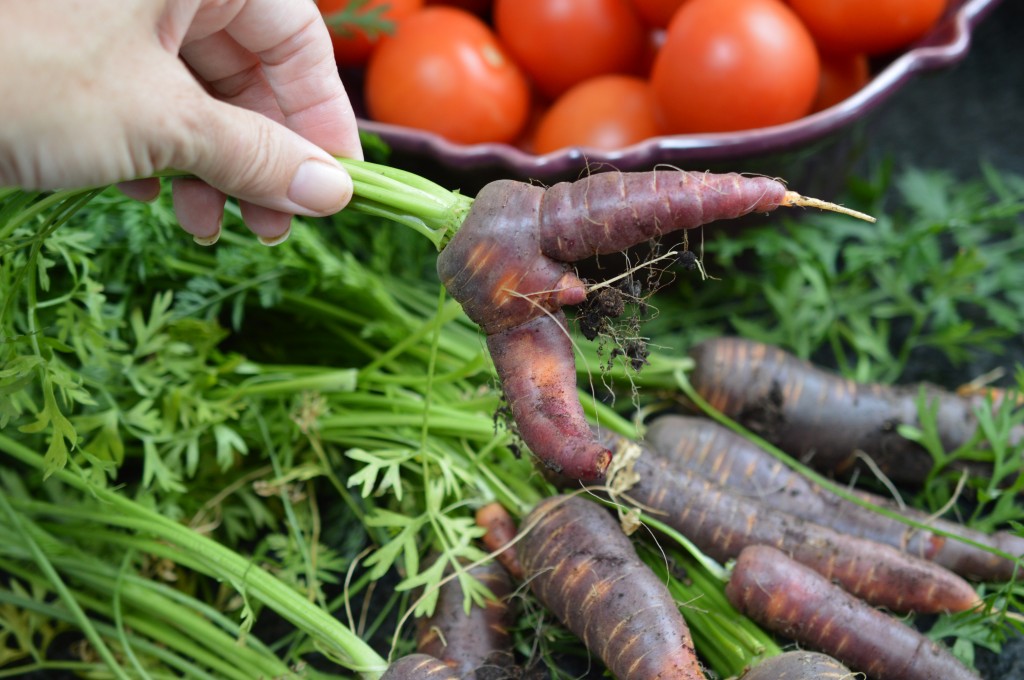

This looks fantastic. It’s one of my kids fave dishes. i grate cheese over the top and slices of tomatoes which sounds horrible but is actually really nice. My dad showed me that. I love the idea of adding leeks, am going to do that next time!! cx
I’m loving your blog, Natasha! Stunning photos and an irresistible read. Thank you Can’t wait for the next one.
Can’t wait for the next one.